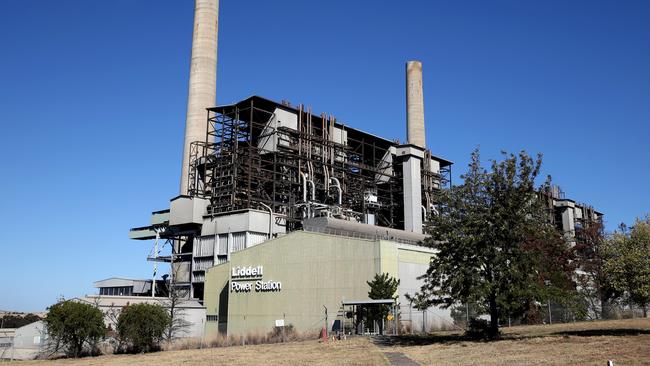Pumped hydro to help fill the Liddell gap
Research has found that pumped hydro energy storage could cover the loss of Liddell power station.

New research from the Australian National University suggests the development of pumped-hydro energy storage could help meet the forecast shortfall in baseload power by 2022 when the NSW Liddell coal-fired power plant is scheduled to close.
An audit of 22,000 potential sites for pumped-hydro storage will be released today with lead researcher Andrew Blakers telling The Australian the development of 20 of these sites across Australia would be sufficient to help secure a cheap national electricity grid with 100 per cent renewable energy.
The study suggests the “zero-emissions” grid could rely on wind and solar photovoltaic (PV) technology — with support from pumped-hydro storage — and “eliminate Australia’s need for coal and gas-fired power”.
“Australia needs only a tiny fraction of these sites for pumped- hydro storage — about 450 GWh of storage — to support a 100 per cent renewable electricity system,” Professor Blakers said.
“Fast-tracking the development of a few of the best sites by 2022 could balance the grid when Liddell and other coal power stations close.
“We found so many good potential sites that only the best 0.1 per cent will be needed. We can afford to be choosy.”
The study was supported by a grant of $449,000 by the Australian Renewable Energy Agency.
Energy Minister Josh Frydenberg said investment in renewable storage technologies would play a “key role” in securing an affordable and reliable energy network in Australia. “As Chief Scientist Dr Alan Finkel noted in his review of the national electricity market, pumped-hydro storage systems are the most mature electrical energy storage systems available,” Mr Frydenberg said.
Pumped-hydro energy storage involves pumping water uphill to a storage reservoir and releasing it through a turbine to provide additional energy into the electricity grid when it is needed. It accounts for 97 per cent of energy storage worldwide.
ARENA chief executive Ivor Frischknecht said the study was the first step to exploring the potential for pumped-hydro energy storage in Australia.
“Energy storage is an increasingly important part of our electricity system as it allows us to ensure energy is always available even when the sun and wind are not,” he said. “Pumped hydro is the most common form of energy storage. We are exploring the potential for pumped hydro to play a greater role in Australia’s energy needs.’’

